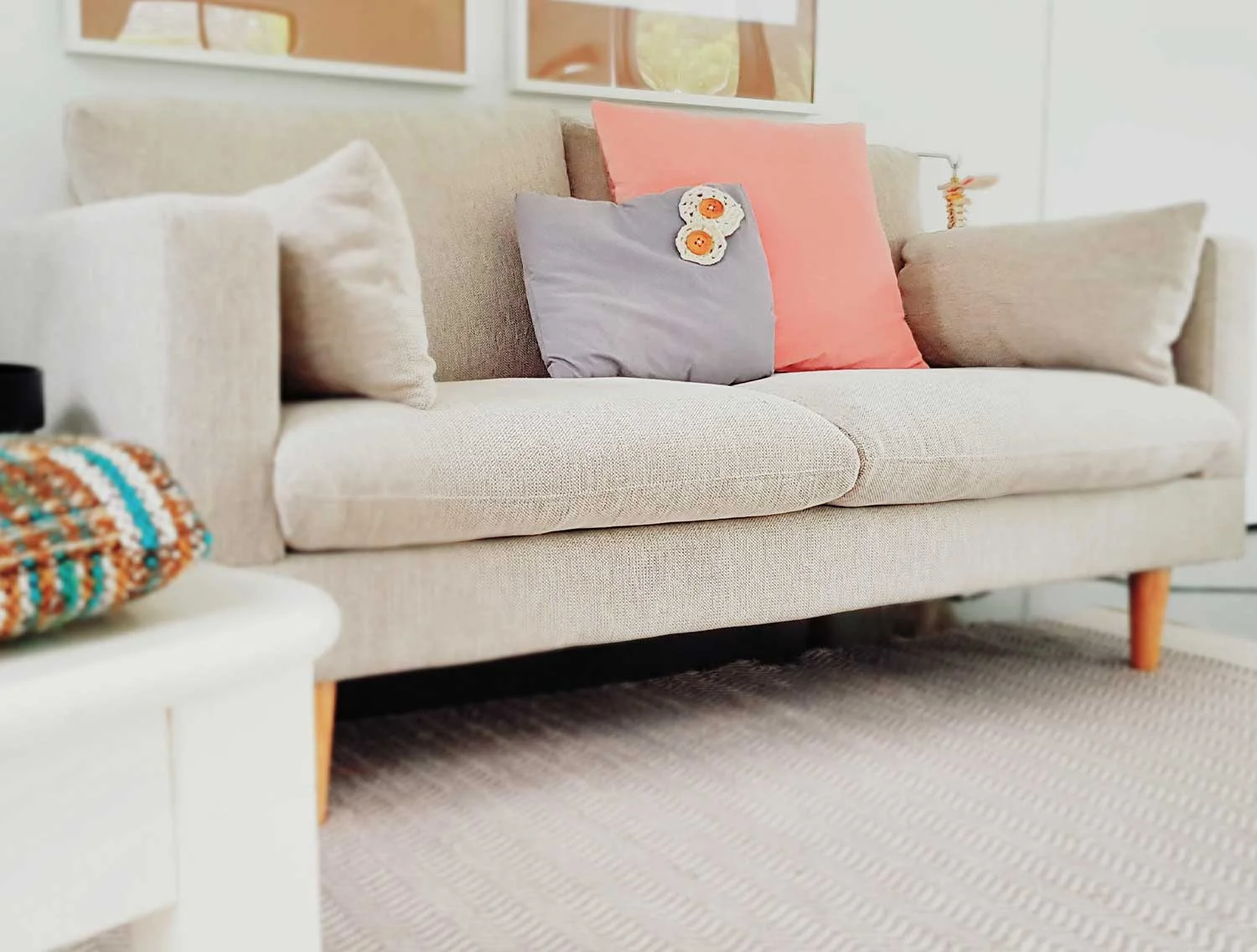How to Stretch Your Quadratus Lumborum (QL)
/So which side did you guess?
If you guessed the left side (A), you're right on. How to tell?
Provided your client is keeping their hips level and not rotating, look at how far they can slide their middle finger down their thigh as they do a side bend. This is a measure of their quadratus lumborum (QL) and an easy test to do.
The Test
Have them stand up against a wall, head and shoulders touching, feet approximately the length of one of their feet apart and palms on thighs. Using a tape measure, record how many centimetres from the top of their 3rd finger to the floor. Get them to side bend first to one side, keeping their head on the wall and hips in place (don't let them push them out to the opposite side). Record the 3rd finger to floor distance again then minus it from the first number. Repeat on the other side and the side which is 'tightest' will be the bigger number (greater distance to floor as they can't reach down as far, ie left QL in this photo).
Why does it get tight?
The QL often gets facilitated and 'tight' in low back pain, poor core stability and in the presence of poor hip/pelvic stability. Think of it as the 'helper-monkey' muscle - it's keen to help out when stabilising muscles are weak but can become an annoying problem long term! It also works hand in hand with the psoas (hip flexor) muscle and if one is facilitated then the other one is also!
Bonus tip: The test can also be the stretch!

